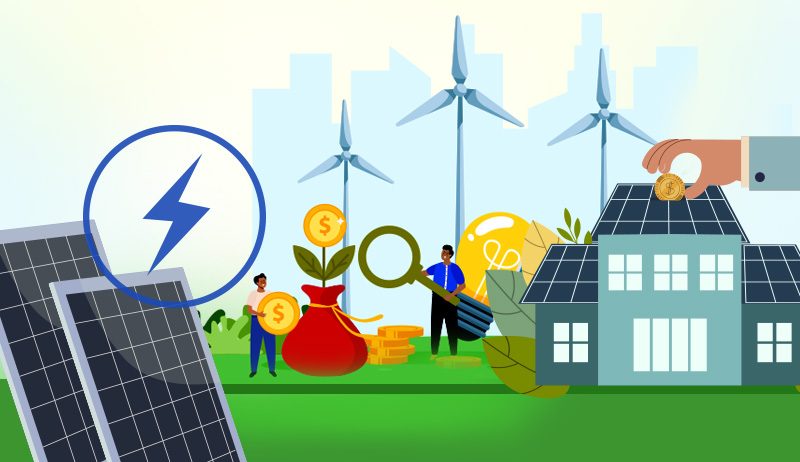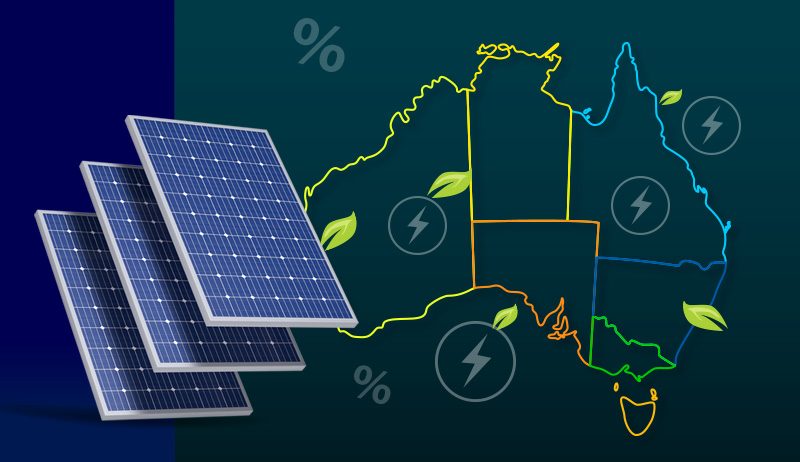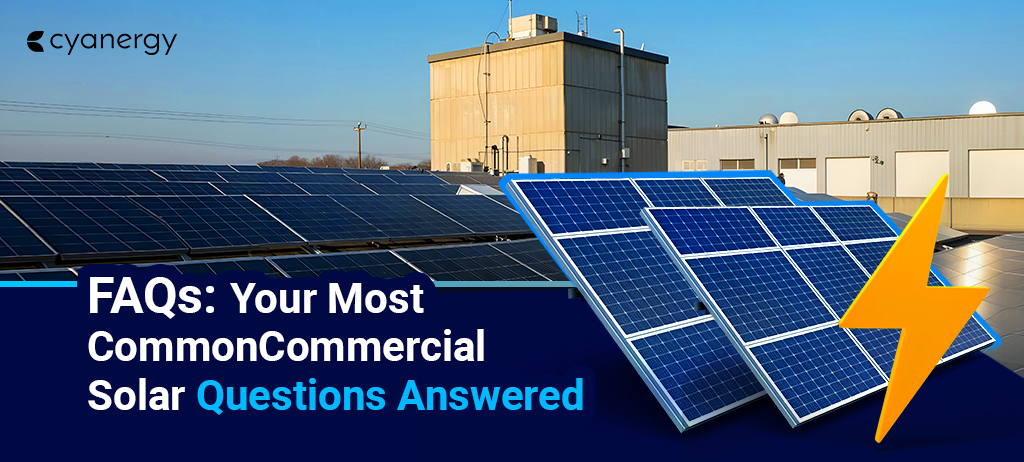In the world of making homes use less energy, many solutions usually look at fancy technology, like super-efficient machines or smart gadgets for your house.
But one of the best and most lasting ways to save energy at home is having an energy-efficient landscape for homes.
By planting trees, bushes, and other plants in smart places around your home, especially where it gets a lot of sun, you can naturally control how hot or cold your house gets. This helps you save money on energy and is suitable for the environment.
This article talks about the idea of smart gardening, explaining why it’s good, how to plan it, and how to take care of it so people can use their outdoor space to save energy and feel good about it.
Understanding Energy-Efficient Landscaping
Energy-efficient landscaping means building or fixing up a house in a way that uses less energy but still keeps it cozy. This kind of design includes things like better insulation, good windows and doors, and appliances that save energy.
These features help keep the inside temperature just right without needing lots of heating or cooling. Also, energy-efficient homes often use renewable energy, like solar panels, to make electricity. This helps use less energy overall in the house.
So, having an energy-efficient home saves money on energy bills and helps protect the environment by making less greenhouse gases.
Energy-efficient homes are the changes you make to your house to make it use less energy.
These renovations can also involve putting in appliances that save energy, like fridges, washing machines, and light bulbs.
In general, energy-efficient home renovations are about making your home comfier while using less energy. This is good for your wallet and the environment.
Understanding the Impact of Strategic Landscaping With Energy Efficiency
Strategic landscaping means planning where to put trees, bushes, and other plants so they can help make homes cooler and use less energy. It’s like organizing your garden in an intelligent way to save energy.
Strategic landscaping involves the deliberate placement of trees, shrubs, and other plants to create natural cooling effects and improve energy efficiency in homes.
Deciduous trees are particularly effective as they provide shade during the hot summer months while allowing sunlight to warm the house in winter after they shed their leaves.
This part explains why certain types of trees are perfect for this job. Deciduous trees lose their leaves in winter. They’re great because, in summer, they give shade, keeping your home cooler without needing to use as much air conditioning.
Then, in winter, when they lose their leaves, they let sunlight in, which helps warm up your home naturally, so you don’t have to use as much heating. It’s like they’re doing a double job to help your home stay comfy all year round.
Planning Your Landscape for Best Results

Site Audit
Before making plans for your garden, it’s essential to know about your property:
Sunshine: Figure out which parts get the most sun. In Australia, that’s usually the north and west sides.
Soil: Different plants like different kinds of soil.
Local Weather: Think about what the weather is usually like where you live.
Plants Already There: See which plants are already growing and how you can include them in your new plan.
Select the Plants
Choose plants that work well for where you live:
Leafy Trees: Look for trees that drop their leaves in winter to provide shade in summer.
Evergreens: These stay green all year and can be good for blocking wind.
Bushes and Shrubs: These are nice for making cool spots and can be used to make hedges.
Vines and Climbers: These can quickly cover areas for shade, especially on walls or trellises.
Design Ideas
When planning your garden, keep these things in mind:
Layering: Use different kinds of plants at different heights for a nice look.
Positioning: Put taller plants where they can give your home the most shade.
Space: Make sure to leave enough room between trees and your house to avoid problems with the roots.
Planting and Taking Care of Your Plants
Planting Tips
When to Plant: The best times are early spring or autumn, so plants have time to grow roots before it gets too hot or cold.
Planting Right: Make sure you put plants in the ground at the right depth and use good soil.
Watering: New plants need a lot of water until they’re settled in.
Maintenance
Pruning: Regularly cut back branches to keep trees and bushes healthy.
Mulching: Put mulch around plants to keep the soil moist and at a suitable temperature.
Pests and Diseases: Keep an eye out for bugs or diseases and deal with them quickly.
Advantages for Homeowners

Comfortable Living:
Energy-efficient homes are designed to stay comfy all year without using a lot of energy. They use smart tricks like letting in sunlight when it’s cold and keeping it out when it’s hot. This means you won’t need to rely on heating or cooling systems as much to stay cozy.
Save Money on Bills:
Heating and cooling your home can eat up a big chunk of your energy bill, around 40%! But with an energy-efficient home, you use less energy, which means lower bills. That’s more money in your pocket to spend on things you enjoy.
Better Air Quality:
Did you know we spend most of our time indoors? But sometimes, the air inside can be polluted by things like paints, flooring, and building materials.
Energy-efficient homes are built with materials that are safer for the air we breathe. Plus, they’re well-ventilated, which means fresher air for you and your family.
Increased Property Value:
Energy-efficient homes are the future! More and more people want homes with innovative features that save energy. If you invest in an energy-efficient home, it’s likely worth more in the long run.
Buyers and renters are willing to pay extra for environmentally friendly homes. So, Automatically, it boosts home value.
Increase Options for Eco-Friendly Home Improvements
When we think about upgrading our homes, we often focus on things like LED lights or energy-saving appliances. But there’s a whole world of possibilities out there.
Have you thought about putting solar panels on your roof? They turn sunlight into electricity, which is impressive. Then there’s green roofing. It’s like having a garden on your roof that helps keep your home cool and saves on air conditioning.
And don’t forget about thermal insulation—it’s like wrapping your house in a warm blanket, keeping the heat in during winter and out during summer. These upgrades might seem futuristic, but they’re really doable, and they make a big difference.
Reducing Our Carbon Footprint with Energy-Efficient Choices
Every time we make our homes more energy-efficient, we’re helping the planet breathe a little easier. Think of it like this: every bit of electricity we save means our power plants have to work less.
That means they burn fewer fossil fuels and produce fewer greenhouse gases. Over time, these small changes add up to a big difference.
An energy-efficient home isn’t just good for saving money—it’s also good for reducing our carbon footprint and being kinder to the environment.
Overall, investing in an energy-efficient home is an intelligent choice. It’s not just about saving money—it’s about living more comfortably, breathing cleaner air, and making a wise investment in your future.
Health Benefits of Energy-Efficient Landscaping
Having a smart garden can be good for your health.
Fresh Air: A well-planned garden with lots of plants can make the air around your home cleaner. This means you’ll breathe in fewer harmful chemicals and enjoy fresher air.
Less Stress: Being in a green space can help you feel more relaxed and less stressed. So, having a nice garden to relax in can be good for your mental health.
Physical Activity: Taking care of your garden, like planting or watering plants, can be a form of exercise. It’s a fun way to stay active and healthy without even realizing it.
Better Sleep: Being surrounded by nature can help improve your sleep. If you have a peaceful garden, it might help you sleep better at night.
In summary, having an energy-efficient garden isn’t just good for the environment—it’s good for your health too!
Tips for Energy-Efficient Landscaping

Check Your Home: Have someone check your house for energy leaks. This shows where your house loses heat or cool air.
Upgrade Windows: Get better windows that keep your house warm in winter and cool in summer.
Smart Home Gadgets: Use gadgets that help control how much energy your house uses, like smart thermostats.
Go Green Outside: Pick plants and designs for your garden that don’t need a lot of water.
Solar Power: Think about getting solar panels. They can cut your electricity bills and are good for the planet.
Let in Natural Light: Add more windows or move them around. This means you’ll need fewer lights on during the day.
New Appliances: Swap old appliances for new ones that use less energy.
Garden Wisely: Use plants that grow well in your area. They require less water and care.
Every little thing we do to make our homes greener not only helps our environment now but also sets a good example for the future. Now you know why it’s essential to have an energy-efficient home and how to make it happen for a greener life.
Contact Cyanergy to create and energy-efficient environment around you. Talk to an expert or get a free solar quote today!







